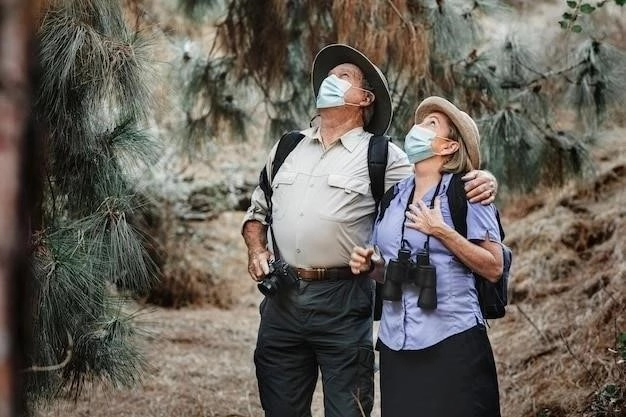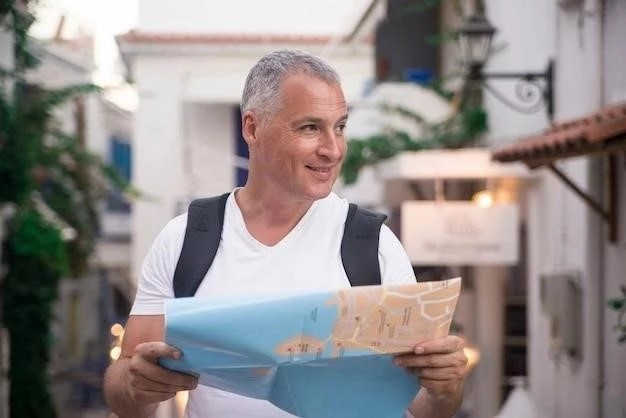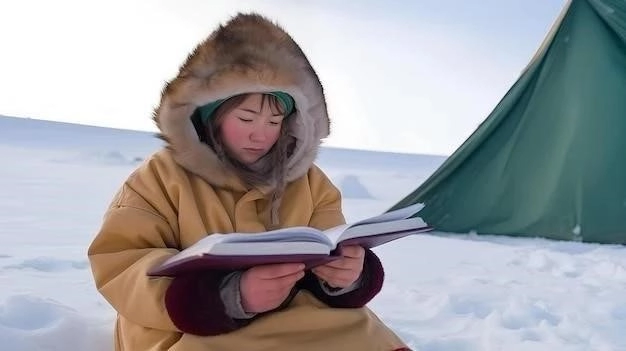Switzerland Travel Guide 2024
Welcome to the enchanting land of Switzerland, a destination renowned for its breathtaking natural beauty, precision craftsmanship, and captivating cultural heritage. Nestled in the heart of Europe, Switzerland promises an unforgettable journey for every traveler.
Planning Your Trip
Embarking on a journey through Switzerland requires meticulous planning to ensure a seamless and enriching experience. From visa requirements and travel insurance to itinerary curation and budgeting, every aspect warrants careful consideration.
Visa and Passport:
Before you pack your bags, ensure your passport’s validity extends at least six months beyond your intended stay. Citizens of many countries can enter Switzerland visa-free for tourism purposes for up to 90 days. However, verifying the specific visa requirements for your nationality is crucial. Consult the official website of the Swiss Embassy or Consulate in your home country for the most up-to-date information.
Travel Insurance:
Obtaining comprehensive travel insurance is non-negotiable. It provides financial protection against unforeseen circumstances such as medical emergencies, trip cancellations, lost baggage, and other travel-related mishaps. Choose a policy that aligns with your needs and coverage preferences.
Itinerary Planning:
Switzerland offers a tapestry of experiences, from exploring cosmopolitan cities to immersing oneself in the serene beauty of the Alps. Craft an itinerary that reflects your interests and desired pace of travel. Allocate sufficient time for each destination, considering travel times and potential activities.
Budgeting:
Switzerland is known for its high standard of living, which translates to a relatively higher cost of travel compared to some other European destinations. Determine a realistic budget encompassing accommodation, transportation, meals, activities, and souvenirs. Research average costs in advance to avoid surprises and allow for financial flexibility.
Transportation:
Switzerland boasts an efficient and well-connected transportation system. The Swiss Travel Pass offers unlimited travel on trains, buses, and boats, making it a cost-effective option for extensive exploration. Consider its suitability for your travel plans. Alternatively, point-to-point tickets or car rentals are available.
Accommodation:
A plethora of accommodation options caters to diverse budgets and preferences. From luxurious hotels with breathtaking views to charming guesthouses and budget-friendly hostels, research and book accommodations that align with your needs and desired comfort level.
Best Time to Visit
Switzerland, with its diverse landscapes and distinct seasons, offers unique experiences throughout the year. Determining the optimal time to visit depends largely on your interests and desired activities.
Spring (April to May):
As winter’s grip loosens, Switzerland awakens with a burst of color. Wildflowers carpet meadows, waterfalls roar with melting snow, and the air carries a crisp, refreshing scent. Spring offers pleasant temperatures for hiking and exploring lower elevations, while higher altitudes may still experience snow. It’s a less crowded time to visit, making it ideal for those seeking tranquility and picturesque landscapes.
Summer (June to August):
Summer is Switzerland’s peak season, attracting visitors with its warm, sunny days and vibrant atmosphere. Hiking trails in the Alps are accessible, mountain passes open for scenic drives, and crystal-clear lakes beckon swimmers and boaters. Expect higher prices and increased crowds during these months. However, the extended daylight hours allow for ample time to soak in the beauty of the Swiss summer.
Autumn (September to October):
Autumn paints Switzerland in hues of gold, crimson, and rust as the leaves begin their transformation. It’s a magical time to witness nature’s artistry, particularly in vineyard-draped hillsides and forested valleys. Hiking trails offer breathtaking vistas, and the crisp air invigorates the senses. Autumn also marks the grape harvest season, presenting opportunities to indulge in local wines and festivities.
Winter (November to March):
Switzerland transforms into a winter wonderland, attracting snow sports enthusiasts from around the globe. World-renowned ski resorts offer exhilarating slopes for skiing, snowboarding, and other winter activities. Charming Christmas markets fill the air with festive cheer, and cozy chalets provide respite from the cold. While some hiking trails and mountain passes may be inaccessible, winter offers a unique perspective of Switzerland’s alpine beauty.
Getting Around
Switzerland boasts an exceptionally efficient and well-connected transportation system, making it effortless to navigate the country and explore its diverse landscapes. Whether you prefer the scenic routes of trains or the flexibility of road trips, Switzerland offers an array of options for seamless travel.
Trains:
Switzerland’s railway network is renowned worldwide for its punctuality, comfort, and scenic beauty. With routes traversing majestic mountains, verdant valleys, and charming towns, train journeys become an integral part of the Swiss experience. The panoramic trains, such as the Glacier Express and the Bernina Express, offer unforgettable rides through breathtaking landscapes.
Buses:
A comprehensive bus network complements the railway system, reaching smaller towns and villages not directly served by trains. Buses are a cost-effective option for shorter distances and provide scenic views of the countryside.
Trams and Boats:
Major cities like Zurich, Geneva, and Basel offer efficient tram networks for navigating within the city limits. Additionally, scenic lake cruises on Lake Geneva, Lake Lucerne, and Lake Zurich provide a unique perspective of the surrounding landscapes.
Car Rental:
Renting a car provides flexibility for exploring at your own pace and venturing off the beaten path. However, driving in Switzerland can be challenging, especially in mountainous regions with winding roads and specific traffic regulations. Consider your comfort level and driving experience before opting for this option.
Swiss Travel Pass:
For extensive travel, the Swiss Travel Pass offers unlimited travel on trains, buses, and boats within a specified period. It also includes free admission to many museums and discounts on mountain excursions. Assess your itinerary and transportation needs to determine if the Swiss Travel Pass aligns with your travel plans.
Accommodation
Switzerland offers a diverse range of accommodation options to suit every taste and budget, ensuring a comfortable and memorable stay. From luxurious hotels with breathtaking alpine views to charming guesthouses tucked away in quaint villages, the possibilities are endless.
Hotels:
Switzerland is renowned for its exceptional hospitality, and its hotels consistently rank among the best in the world. Luxurious establishments in major cities and scenic resorts offer unparalleled comfort, impeccable service, and world-class amenities. Boutique hotels, often housed in historic buildings, provide a more intimate and personalized experience.
Guesthouses and Inns:
For a taste of local charm, consider staying in a traditional guesthouse or inn. These family-run establishments offer a cozy and welcoming atmosphere, often with personalized attention from the hosts. Many guesthouses serve delicious homemade breakfasts featuring regional specialties.
Apartments and Chalets:
For travelers seeking greater independence and flexibility, apartments and chalets provide the comforts of home. These self-catering accommodations are available in various sizes and locations, from city centers to mountain villages. They offer amenities such as kitchens, laundry facilities, and often, stunning views.
Hostels:
Budget-conscious travelers, especially backpackers and solo adventurers, will find a variety of hostels in major cities and tourist destinations. Hostels offer affordable dormitory-style accommodation and private rooms, providing opportunities to connect with fellow travelers.
Camping:
Switzerland embraces outdoor enthusiasts, and camping provides a unique way to connect with nature. Numerous campsites are available throughout the country, ranging from basic facilities to those with modern amenities. Some campsites offer stunning lakeside or mountain views.
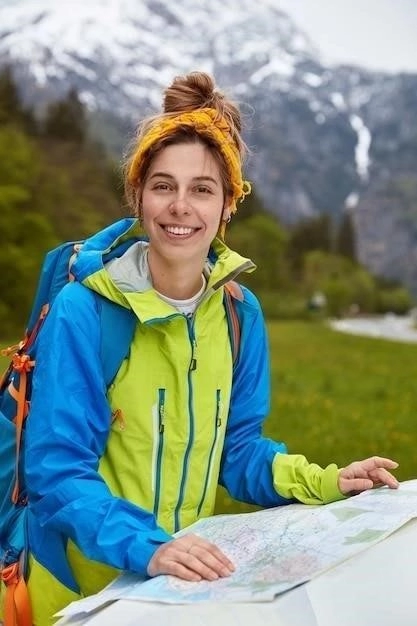
Things to Do and See
From majestic alpine peaks to charming medieval cities, Switzerland offers an abundance of captivating experiences. Explore the country’s diverse landscapes, immerse yourself in its rich culture, and create memories to last a lifetime.
Natural Attractions
Switzerland is renowned for its awe-inspiring natural beauty, boasting a captivating tapestry of towering mountains, pristine lakes, verdant valleys, and cascading waterfalls. Explore these natural wonders and immerse yourself in the tranquility of the Swiss landscape.
Swiss Alps:
The Swiss Alps dominate the landscape, their snow-capped peaks piercing the sky and commanding attention. Home to iconic mountains such as the Matterhorn, Eiger, and Jungfrau, the Alps offer unparalleled opportunities for hiking, climbing, and skiing. Cable cars and mountain railways provide access to breathtaking viewpoints, revealing panoramic vistas of the surrounding peaks and valleys.
Lakes:
Switzerland’s numerous lakes, reflecting the azure sky and surrounding mountains, exude a sense of serenity and tranquility. Lake Geneva, nestled between Switzerland and France, is the largest lake in Western Europe, renowned for its sparkling waters and elegant lakeside towns. Lake Lucerne, with its fjord-like setting, captivates visitors with its dramatic beauty and historical significance.
Waterfalls:
Cascading from towering heights, Switzerland’s waterfalls create a symphony of sound and motion. The Rhine Falls, Europe’s largest waterfall by volume, thunders over a limestone precipice, creating a spectacle that leaves visitors in awe. The Trümmelbach Falls, a series of ten glacial waterfalls hidden within a mountain, showcases the raw power of nature.
Glaciers:
Switzerland’s glaciers, remnants of the last Ice Age, offer a glimpse into the country’s geological past. The Aletsch Glacier, the largest glacier in the Alps, stretches over 23 kilometers, its icy expanse a testament to the forces of nature. Guided tours and glacier walks provide opportunities to explore these icy wonders up close.
Jungfrau Region
Nestled in the heart of the Bernese Oberland, the Jungfrau Region is a breathtaking tapestry of towering peaks, glistening glaciers, verdant meadows, and charming alpine villages. This UNESCO World Heritage site beckons travelers with its unparalleled beauty and an array of unforgettable experiences.
Jungfraujoch – Top of Europe:
Ascend to the Jungfraujoch, Europe’s highest railway station at 3,454 meters above sea level. The journey aboard the cogwheel train through the Eiger and Mönch mountains is an experience in itself. At the summit, marvel at the panoramic views of the Aletsch Glacier, the longest glacier in the Alps, and the surrounding snow-capped peaks. Explore the Ice Palace, a wonderland of ice sculptures, and visit the Sphinx Observatory for breathtaking views.
Interlaken:
Nestled between the turquoise waters of Lake Thun and Lake Brienz, Interlaken is a picturesque town renowned for its stunning natural beauty and adventure activities. Take a scenic boat cruise on either lake, soar through the skies on a paragliding adventure, or embark on a thrilling white-water rafting trip on the Lütschine River.
Grindelwald:
Surrounded by towering peaks, including the iconic Eiger North Face, Grindelwald is a paradise for hikers, climbers, and nature enthusiasts. Ride the gondola to the First Cliff Walk, a suspended walkway offering breathtaking views of the surrounding mountains. Hike to Lake Bachalpsee, a stunning alpine lake reflecting the Eiger, Mönch, and Jungfrau peaks.
Lauterbrunnen Valley:
Enter a fairytale landscape in the Lauterbrunnen Valley, home to 72 cascading waterfalls that plunge from towering cliffs. Admire the Staubbach Falls, one of Europe’s highest free-falling waterfalls, and take a cable car to the car-free village of Mürren, perched on a cliff overlooking the valley.
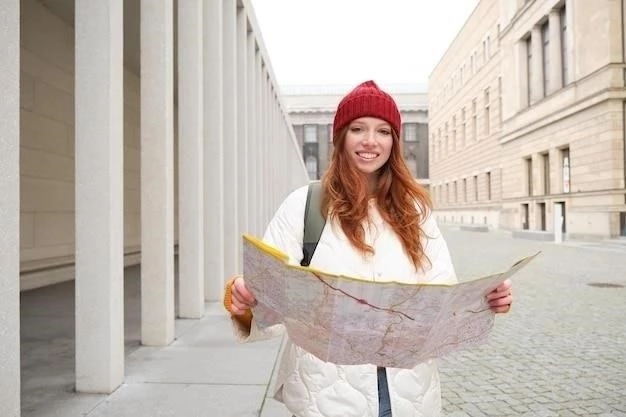
Lucerne and Surrounding Areas
Nestled amidst a breathtaking panorama of shimmering lakes and snow-capped peaks, Lucerne, the heart of Switzerland, captivates visitors with its enchanting blend of natural beauty, medieval charm, and cultural treasures. Explore this captivating city and its surrounding areas for an unforgettable Swiss experience.
Lucerne City:
Discover the allure of Lucerne, a city steeped in history and surrounded by captivating scenery. Stroll across the iconic Chapel Bridge, adorned with medieval paintings, and explore the well-preserved Old Town with its charming squares and frescoed buildings. Ascend Mount Pilatus or Mount Rigi by cogwheel railway for breathtaking views of Lake Lucerne and the surrounding Alps. Don’t miss the Lion Monument, carved into a sandstone cliff, a poignant tribute to Swiss mercenaries who died during the French Revolution.
Lake Lucerne:
Embark on a scenic cruise on Lake Lucerne, its crystal-clear waters reflecting the surrounding mountains. Explore charming lakeside villages such as Weggis, known for its mild climate and stunning views, and Vitznau, a popular starting point for excursions to Mount Rigi. Enjoy swimming, fishing, or simply relaxing by the shores of this picturesque lake.
Mount Pilatus:
Ascend Mount Pilatus, Lucerne’s iconic mountain, for breathtaking views and exhilarating experiences. Take the world’s steepest cogwheel railway from Alpnachstad, ride the aerial cableway from Kriens, or challenge yourself with a scenic hike to the summit. Enjoy panoramic views of Lake Lucerne and the surrounding peaks, explore the Dragon’s Lair, a network of caves and tunnels, and savor a meal at one of the mountaintop restaurants.
Zermatt and Matterhorn
Nestled at the foot of the majestic Matterhorn, Zermatt is a world-renowned mountain resort that embodies the allure of the Swiss Alps. With its car-free streets, charming chalets, and breathtaking scenery, Zermatt offers a unique and unforgettable experience.
Matterhorn:
The Matterhorn, Switzerland’s most iconic mountain, dominates the skyline with its distinctive pyramidal peak. Standing at 4,478 meters (14,692 feet), its sheer rock faces and challenging climbing routes have captivated adventurers for centuries. While summiting the Matterhorn is reserved for experienced climbers, there are numerous ways to admire its beauty.
Gornergrat:
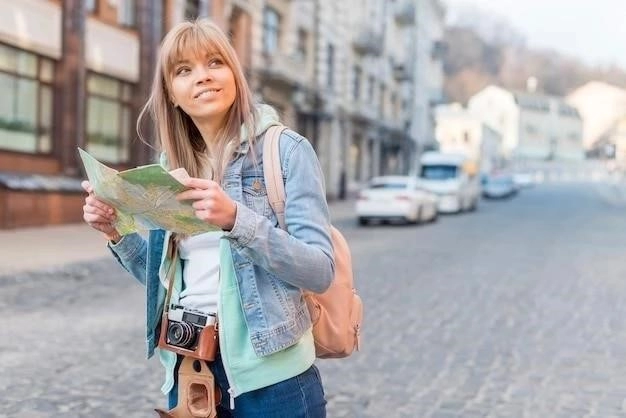
Take the Gornergrat Bahn, Europe’s highest open-air cog railway, to the Gornergrat observation platform at 3,089 meters (10,135 feet). Enjoy breathtaking panoramic views of the Matterhorn, Monte Rosa Massif (Switzerland’s highest peak), and a sea of surrounding glaciers. The Gornergrat also offers hiking trails, a restaurant, and an astronomical observatory.
Rothorn:
Ascend to the Rothorn, another spectacular viewpoint, by cable car from Zermatt. The journey offers stunning views of the Matterhorn and surrounding mountains. From the Rothorn summit, enjoy panoramic views, embark on scenic hikes, or savor a meal at the rotating restaurant.
Zermatt Village:
Explore the charming car-free village of Zermatt, with its traditional wooden chalets, cobblestone streets, and horse-drawn carriages. Discover a range of shops, restaurants, and art galleries, and soak in the lively atmosphere of this world-renowned resort town. Don’t miss the Matterhorn Museum, which recounts the history of the mountain and the region.
City Escapes
Beyond its breathtaking natural landscapes, Switzerland boasts a collection of vibrant cities that seamlessly blend history, culture, and modernity. Explore these urban hubs for a taste of Swiss sophistication and cosmopolitan charm.
Zurich:
As Switzerland’s largest city and financial capital, Zurich pulsates with a dynamic energy. Stroll along Bahnhofstrasse, one of the world’s most exclusive shopping streets, and discover luxury boutiques, department stores, and charming cafes. Explore the cobblestone streets of the Old Town (Altstadt), where you’ll find historic churches, quaint squares, and lively bars. Don’t miss the Kunsthaus Zürich, home to an impressive collection of art from the Middle Ages to the present day.
Geneva:
Located on the shores of Lake Geneva, with the majestic Alps as a backdrop, Geneva exudes an air of international sophistication. As the global headquarters of numerous international organizations, including the United Nations and the Red Cross, Geneva offers a unique blend of history, diplomacy, and cultural attractions. Explore the Old Town with its charming squares, historic buildings, and the impressive St. Peter’s Cathedral. Take a scenic cruise on Lake Geneva, visit the International Red Cross and Red Crescent Museum, or admire the Jet d’Eau, a towering fountain that has become a symbol of the city.
Basel:
Situated at the crossroads of Switzerland, France, and Germany, Basel embraces a multicultural spirit and a rich artistic heritage. Explore the well-preserved Old Town with its narrow streets, historic buildings, and charming squares. Visit the Kunstmuseum Basel, home to one of the world’s oldest public art collections, and explore the city’s numerous other museums, including the Museum Tinguely, dedicated to the kinetic art of Jean Tinguely.
Activities for All
From adrenaline-pumping adventures in the Alps to leisurely strolls through charming villages, Switzerland offers a diverse range of activities to satisfy every interest and passion. Whether you’re seeking outdoor thrills, cultural immersion, or culinary delights, Switzerland has something for everyone.
Hiking:
With its extensive network of well-maintained trails, Switzerland is a hiker’s paradise. From gentle walks along shimmering lakes to challenging ascents to towering peaks, there’s a hike for every level of fitness and experience. Explore the Swiss National Park, hike to a remote mountain hut, or embark on a multi-day trek through breathtaking alpine scenery.
Skiing and Snowboarding:
Switzerland is renowned for its world-class ski resorts, offering pristine slopes, state-of-the-art facilities, and breathtaking alpine views. From Zermatt to St. Moritz, Verbier to Grindelwald, there’s a ski resort to suit every taste and budget. Enjoy exhilarating descents, challenge yourself on black diamond runs, or simply soak in the après-ski atmosphere.
Water Sports:
Switzerland’s numerous lakes and rivers provide ample opportunities for water sports enthusiasts. Enjoy swimming, sailing, windsurfing, kayaking, and stand-up paddleboarding on crystal-clear alpine waters. Take a scenic boat tour on Lake Geneva or Lake Lucerne, or challenge yourself with white-water rafting or canyoning adventures in the Swiss Alps.
Cultural Experiences:
Immerse yourself in Swiss culture by exploring the country’s charming towns and cities. Visit medieval castles, explore world-class museums, attend a traditional festival, or simply wander through the cobblestone streets and soak in the local atmosphere. Don’t miss the chance to sample Swiss chocolate, cheese, and wine, and learn about the country’s rich history and traditions.
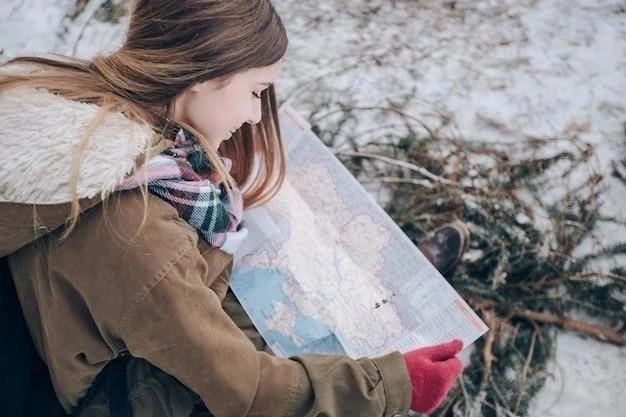
Culture and Cuisine
Switzerland’s cultural landscape is as diverse as its natural scenery, shaped by a blend of traditions, languages, and influences. From its renowned craftsmanship to its delectable culinary delights, Switzerland offers a captivating cultural experience.
Swiss Culture and Languages
Switzerland’s cultural landscape is a fascinating tapestry woven from diverse linguistic and regional influences. Despite its small size, the country embraces four official languages and a rich tapestry of traditions, reflecting its unique position at the crossroads of Europe.
Languages:
Switzerland recognizes four official languages: German, French, Italian, and Romansh. German is the most widely spoken language, followed by French and Italian. Romansh, a Romance language with roots in Latin, is spoken by a small minority in the southeastern canton of Graubünden. The linguistic diversity adds a unique dimension to Swiss culture, with each language region boasting its own distinct traditions and customs.
Traditions and Customs:
Switzerland’s cultural heritage is deeply rooted in its rural traditions and strong sense of national identity. From the colorful costumes worn during traditional festivals to the intricate craftsmanship of Swiss watches and clocks, the country takes pride in its heritage. Folk music and dance play an important role in Swiss culture, with each region having its own unique styles and instruments.
Values:
Swiss culture is characterized by a strong work ethic, a deep respect for nature, and a commitment to neutrality and peace. The Swiss value efficiency, punctuality, and a sense of order, reflected in their everyday lives and institutions. Their love for nature is evident in their passion for outdoor activities and their commitment to environmental sustainability.
Swiss Cuisine
Swiss cuisine is a delightful fusion of regional specialties and culinary influences from neighboring countries. Characterized by hearty dishes, fresh ingredients, and a passion for quality, Swiss gastronomy offers a delectable journey for food enthusiasts.
Cheese, Please:
Switzerland is renowned for its exceptional cheesemaking traditions, with over 450 varieties produced across the country. From the nutty Gruyère to the creamy Emmental, the pungent Appenzeller to the soft and flavorful Vacherin Mont d’Or, Swiss cheese is a staple of the local cuisine. Indulge in a traditional cheese fondue, where bread is dipped into a communal pot of melted cheese, or savor a raclette, where melted cheese is scraped onto potatoes and accompanied by pickles and onions.
Chocolate Delights:
Switzerland is synonymous with chocolate, and for good reason. The country has a long and storied chocolate-making tradition, dating back to the 18th century. Swiss chocolatiers are renowned for their artistry and innovation, creating exquisite chocolates that are enjoyed worldwide. Indulge in a decadent selection of pralines, truffles, and bars, or visit a chocolate factory to learn about the art of chocolate making.
Hearty Fare:
Swiss cuisine is known for its hearty and comforting dishes, perfect for warming up after a day in the mountains. Rösti, a dish of grated potatoes pan-fried to crispy perfection, is a national favorite, often served as a side dish or topped with cheese, bacon, or a fried egg. Zürcher Geschnetzeltes, a dish of sliced veal cooked in a creamy white wine sauce, is another Swiss classic.
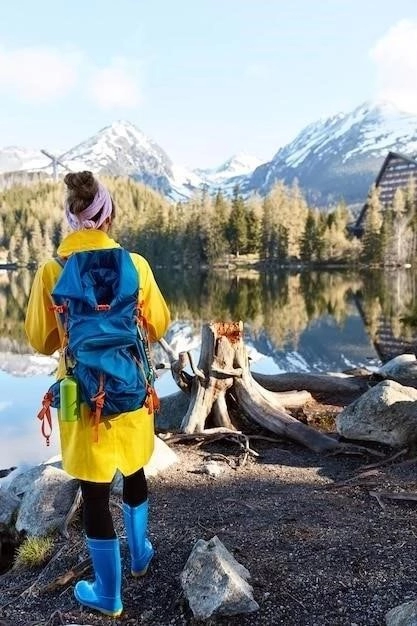
Practical Information
Before embarking on your Swiss adventure, familiarize yourself with essential practical information to ensure a smooth and enjoyable journey. From currency matters to local customs, these tips will enhance your travel experience.
Currency
Understanding Switzerland’s currency and payment methods is essential for a smooth and hassle-free travel experience. While the country is known for its efficiency, being prepared with the right currency and payment options will save you time and potential inconvenience.
Swiss Franc (CHF):
The official currency of Switzerland is the Swiss franc (CHF), denoted by the symbol “CHF” or “Fr.” Banknotes are issued in denominations of 10, 20, 50, 100, 200, and 1,000 francs, while coins are available in denominations of 5, 10, 20, and 50 centimes, as well as 1, 2, and 5 francs.
Currency Exchange:
It’s generally advisable to exchange currency upon arrival in Switzerland to secure the best exchange rates. Currency exchange offices can be found at airports, train stations, banks, and throughout major cities. Avoid exchanging currency at hotels or tourist hotspots, as they often offer less favorable rates. ATMs are widely available throughout the country and provide a convenient way to withdraw Swiss francs.
Credit Cards and Debit Cards:

Credit cards, particularly Visa and Mastercard, are widely accepted in Switzerland, especially in urban areas and at larger establishments. However, smaller shops, restaurants, and markets may prefer cash payments. It’s always wise to carry some cash for smaller purchases and unexpected expenses. Inform your bank and credit card companies of your travel plans to avoid any issues with card usage abroad.
Weather
Switzerland experiences a varied climate, influenced by its mountainous terrain and location in Central Europe. Understanding the seasonal weather patterns is crucial for planning your trip and packing appropriate attire.
Summer (June – August):
Summer in Switzerland brings warm, sunny days, with average temperatures ranging from 20 to 25 degrees Celsius (68 to 77 degrees Fahrenheit). However, temperatures can vary significantly depending on altitude, with higher elevations experiencing cooler temperatures. Summer is the most popular time to visit Switzerland, so expect larger crowds and higher prices.
Autumn (September – October):
Autumn in Switzerland is characterized by crisp, cool air and vibrant foliage. Temperatures range from 10 to 18 degrees Celsius (50 to 64 degrees Fahrenheit), with occasional rainfall. Autumn is a beautiful time to visit, as the landscapes transform into a tapestry of warm hues.
Winter (December – February):
Winter in Switzerland brings cold temperatures, snow-covered mountains, and a festive atmosphere. Temperatures average between -2 and 5 degrees Celsius (28 to 41 degrees Fahrenheit), with significant variations depending on altitude. Higher elevations experience heavy snowfall, creating ideal conditions for skiing, snowboarding, and other winter sports.
Spring (March – May):
Spring in Switzerland brings a welcome thaw, with temperatures gradually increasing from 5 to 15 degrees Celsius (41 to 59 degrees Fahrenheit). Melting snow transforms waterfalls into roaring torrents, and wildflowers begin to bloom, creating a picturesque landscape. Spring is a less crowded time to visit, offering a tranquil escape.
Language
Switzerland’s linguistic landscape is as diverse as its scenery, with four official languages spoken across the country: German, French, Italian, and Romansh. While English is widely spoken, particularly in tourist areas, understanding the local languages enhances cultural immersion and facilitates communication.
German:
German is the most widely spoken language in Switzerland, spoken by around 63% of the population. Swiss German, a collection of Alemannic dialects, is the predominant form of German spoken in everyday life. While Swiss German can differ significantly from standard German, most Swiss German speakers also understand and speak standard German.
French:
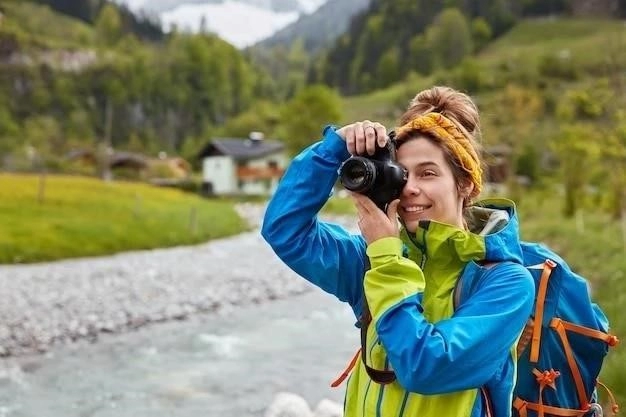
French is the second most spoken language in Switzerland, primarily spoken in the western part of the country, known as Romandie. Around 23% of the population speaks French as their first language.
Italian:
Italian is spoken in the southern canton of Ticino and parts of Graubünden, accounting for about 8% of the population. Swiss Italian dialects share similarities with standard Italian, making communication relatively easy for Italian speakers.
Romansh:
Romansh, a Romance language with roots in Latin, is spoken by a small minority in the southeastern canton of Graubünden. While it’s an official language of Switzerland, it’s spoken by less than 1% of the population.



